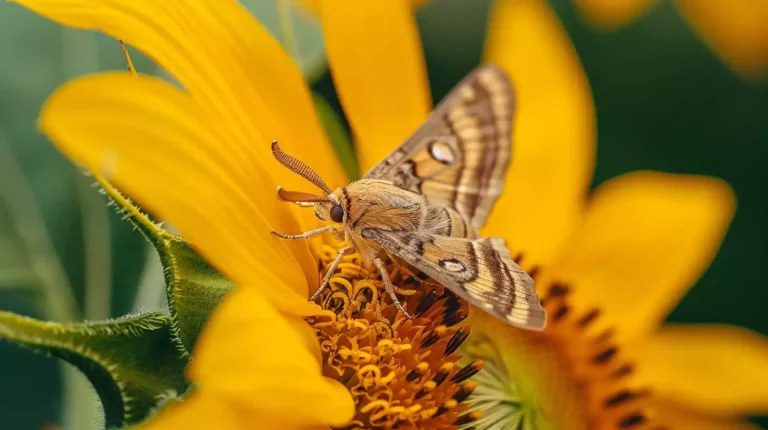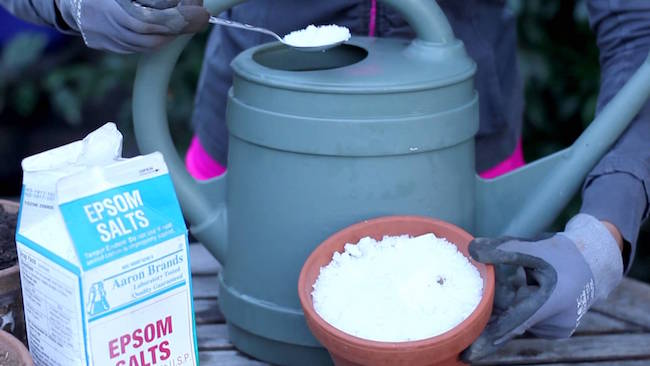7 Practical and Useful Citrus Peel Uses in the Garden
I’ve always been amazed at the versatility of citrus peels in the garden.
Did you know that these seemingly ordinary kitchen scraps can play a significant role in nurturing your plants and keeping pests at bay?
From enriching compost to naturally repelling insects, there’s a whole world of possibilities waiting with citrus peels in your gardening.
So, when you’re enjoying an orange or a lemon, think twice before tossing those peels away—they might just become your garden’s new best friend.
Continue Reading to Understand These Key Points:
- Accelerate compost decomposition with essential nutrients.
- Create natural pest control solutions with citrus peels.
- Attract beneficial insects for sustainable gardening practices.
- Easily integrate citrus peels for a nutrient-rich garden environment.
Use 1: Enhance Compost With Citrus Peels
Enhancing compost with citrus peels accelerates decomposition by introducing essential nutrients like nitrogen, sulfur, magnesium, and calcium.
Citrus peels contribute nitrogen to the compost pile, aiding in breaking down organic matter.
Sulfur enhances soil enrichment, while magnesium promotes plant growth by aiding chlorophyll production.
Calcium helps maintain plant cell structure.
Including citrus peels in compost boosts soil nutrients and creates a balanced, nutrient-rich environment for plants to thrive.
The natural decomposition of citrus peels in the compost pile recycles kitchen waste and enriches the soil for plant growth.
Use 2: Boost Soil Nutrients With Citrus Peels
Boost soil nutrients by incorporating citrus peels rich in sulfur, magnesium, calcium, and nitrogen to enhance plant growth and soil quality.
Drying and grinding the peels into a powder allows for a slow release of nutrients as they decompose in the soil.
Adding citrus peels to compost piles can also enrich the resulting compost with beneficial nutrients.
Simply collect the peels from your kitchen and incorporate them into your gardening routine to create a nutrient-rich environment that supports healthy plant growth.
Use 3: Natural Pest Control With Citrus Peels
To naturally address garden pests, citrus peels can be used as effective repellents and deterrents, providing a chemical-free pest control solution.
Here are three ways citrus peels can help repel pests and deter aphids in the garden:
- Organic Aphid Repellent: Citrus peels can deter aphids by placing them on plants, acting as an organic repellent. Simply create slits in the peels and position them near aphid-prone areas to effectively deter these pests without chemicals.
- Natural Mosquito Repellent: Rubbing citrus peels on plants or skin can repel mosquitoes, offering a chemical-free alternative to commercial repellents. Boiling citrus peels in water can create a natural mosquito spray, providing a safe and effective pest control method for outdoor spaces.
- Chemical-Free Aphid Control: Using citrus peels to deter aphids allows gardeners to avoid chemical pesticides and choose a natural and environmentally friendly solution for pest management in the garden.
Use 4: Repel Mosquitoes With Citrus Peels
Utilizing citrus peels as a natural mosquito repellent involves rubbing the peels on the skin to harness the citrus oil’s repellent properties.
The citrus oil found in the peels serves as a potent mosquito repellent, offering a chemical-free alternative to traditional commercial repellents.
For a safer outdoor experience, consider simmering citrus peels in water to create a natural mosquito spray for plants and outdoor areas. Grated citrus peels can also be strategically placed around outdoor spaces to effectively deter mosquitoes.
Use 5: Attract Beneficial Insects With Citrus Peels
Attracting beneficial insects to your garden using citrus peels can significantly enhance natural pest control.
Here’s how citrus peels can help lure these helpful insects to your garden:
- Ladybugs, Lacewings, and Parasitic Wasps: Citrus peels act as a powerful attractant for beneficial insects such as ladybugs, lacewings, and parasitic wasps. These insects are natural predators of harmful pests like aphids, caterpillars, and mites, aiding in keeping your garden free from destructive insects.
- Establishing a Balanced Ecosystem: Placing citrus peels near plants encourages the presence of beneficial insects, creating a balanced ecosystem in your garden. This balance is crucial for the overall health of your plants and helps in reducing the reliance on chemical pesticides.
- Promoting Sustainable Gardening: By using citrus peels to attract beneficial insects, you contribute to a sustainable gardening approach. This method not only supports plant health but also fosters a thriving garden environment that’s less reliant on harmful chemicals, making your gardening practices more environmentally friendly and sustainable.
Use 6: Improve Soil Acidity With Citrus Peels
Improving soil acidity with citrus peels involves utilizing their natural acidity to benefit acid-loving plants like azaleas and blueberries. Citrus peels, such as those from lemons or oranges, can be dried and ground into a powder to help increase soil acidity, releasing organic acids that gradually lower the pH levels.
Understanding the pH requirements of your plants is crucial when using citrus peels.
Acid-loving plants thrive in acidic soil conditions, and incorporating citrus peels can create optimal growth conditions. By adjusting soil acidity with citrus peels, you can provide a natural and effective way to enhance plant health.
Remember to monitor pH levels regularly to ensure the soil remains within the optimal range for your acid-loving plants.
Use 7: Create Organic Bird Feeders With Citrus Peels
I’ve discovered an exciting way to repurpose citrus peels in my garden by creating organic bird feeders. By hollowing out the peel and filling it with seeds or suet, I can attract birds with vibrant colors and natural oils.
Hanging these citrus peel feeders can bring a variety of bird species to my garden for observation and sustainable feeding.
Citrus Peel Birdhouses
Using citrus peels for garden birdhouses attracts birds naturally with their colors and scents, creating an eco-friendly feeding spot that enhances the garden’s visual appeal and supports local wildlife.
Repurposing kitchen waste in this way is a creative DIY opportunity that adds a unique touch to the outdoor space while providing a safe haven for bird populations.
Citrus Peel Feeding Stations
To make organic bird feeders using citrus peels, scoop out the insides of citrus halves and fill them with birdseed to attract birds with their natural sweetness. Birds are attracted to the colorful and eco-friendly feeding stations, enjoying pecking at the seeds and pulp inside the citrus peels.
This sustainable method not only feeds birds but also adds a vibrant touch to the garden. By strategically placing these citrus peel feeding stations around the garden, you can create a welcoming environment for a variety of bird species.
The combination of citrus peels and birdseed offers a visually appealing and functional solution for attracting birds while promoting a green and natural approach to bird feeding.
How Can I Use Citrus Peels to Help Grow Lemongrass?
One of the best growing lemongrass tips is to use citrus peels. The high acidity in citrus peels helps to nourish the soil, promoting better growth for lemongrass. Simply place the citrus peels in the soil near the lemongrass plant to enhance its growth and overall health.
Final Thoughts
The versatile citrus peel can work wonders in the garden, enriching soil and deterring pests. Citrus peels offer a wealth of benefits for plant growth and overall garden health, like a secret weapon in your gardening arsenal.
Save those peels from oranges or lemons for a natural boost in your garden.






